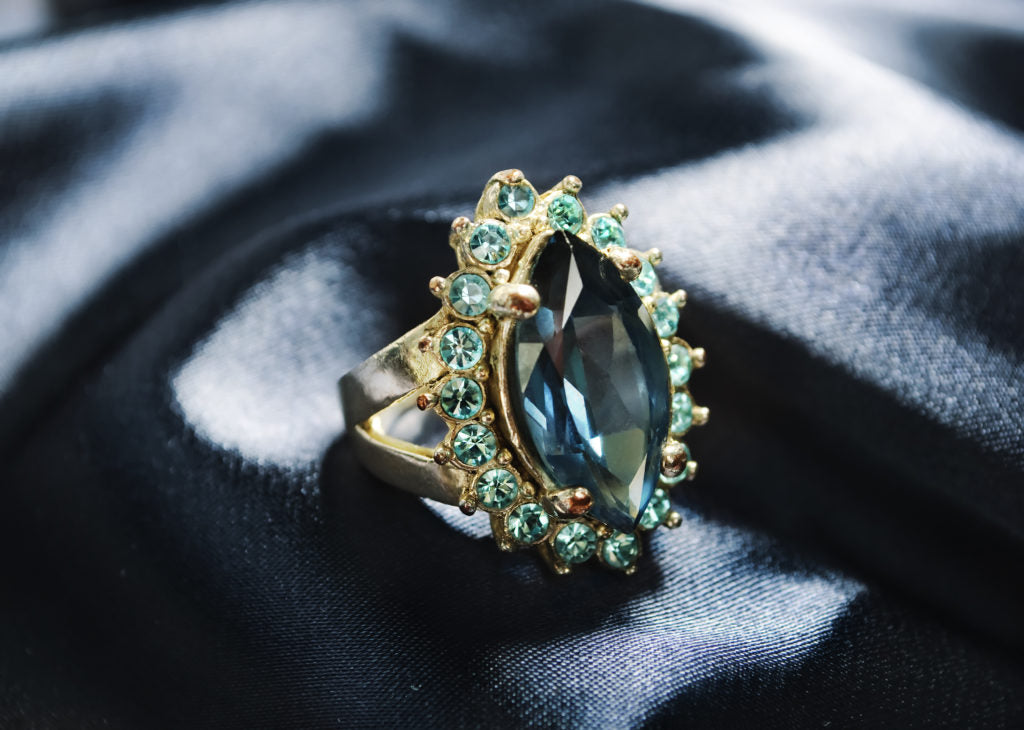Article: Treated Vs. Untreated Corundum

Treated Vs. Untreated Corundum
The term “treated” and “untreated” are two very common terms in the world of corundum, the mineral species (most known for rubies and sapphires) that is the second hardest in the Moh’s scale of hardness after diamonds. There is a common misconception in the market that “natural” stones are “untreated” stones. However, the term “natural” is just an indication of whether a gemstone is created in a laboratory or it comes mined out of the ground, where it formed over millions of years. To classify whether a stone or a piece of ruby or sapphire is treated or untreated, first we must make sure that the stone is natural. Treatment is not a relevant discussion when it comes to synthetic stones- the opposite of “natural” gemstones which are made by scientists in a lab.
So, the term “untreated” refers to a natural gemstone (in this case, a piece of corundum gem) that has not been subject to any form of chemical or heat treatment. Around 95% of the world’s corundum in the gems market are heat-treated. Thus, nice beautiful corundum which are untreated are called “investment type” because their value is significantly increased due to its rarity alone. However, most corundum have to be either chemically or thermally treated in order to improve its appearance to be used in jewelry. In this article, we will talk about three main ways in which most corundum are treated in the market.
Beryllium treatment
Beryllium treatment is a form of heat treatment, that adds the element beryllium to the treatment process. It is mostly done in sapphires that have yellow to orange hues. When sapphires are treated with beryllium, the blue tones in the gemstones are greatly reduced, giving rise to bright orange or yellow hues from what is originally weaker and duller colors of sapphires. Unlike other diffusion treatments, beryllium treatment helps color go deep into the stone, which makes it very hard to distinguish with the naked eye at times. However, since new and easy methods to identify beryllium-treated stones have arisen, they have become more and more accepted in the marketplace as a more affordable option compared to unheated or even normally-heated sapphires.
Normal Heat Treatment
Heat Treatment is done on stones to improve its color zoning, clarity and color. The given heat can range from a mild 400 degree Celsius all the way to 1700 degree Celsius. Mild heat is usually given to the pink variety of corundum, such as pink sapphires from Madagascar or on padparadscha sapphires. However, for blue sapphires, high levels of heat is usually given to improve its color. Usually, this is done by dissolving the rutile inclusions inside the stone, which tends to interfere with the stone’s clarity and color. In the market now, stones are recategorized according to the level of heat it has encountered. Lower levels of heat usually entails a higher price given the same beauty. Usually, a powder called borax helps with the heat treatment process of corundum.
Radiation treatment
Radiation is a form of treatment usually done to pale yellow, faint brown or grayish sapphires. After radiation, sapphires can turn into more attractive and saturated golden yellow or orange-yellow colors. While these radiated sapphires do not cause any damage to the wearer, its color is usually not stable and will fade under bright light or when applied to heat.
It is on the buyer to determine the authenticity and any potential treatment done to the gemstones before purchase. The best method is to send it to a reputable gem laboratory to get expert opinion on the kind of treatments done on the stone you are buying. In addition, it is important to be wary of who you are buying these sapphires from; buying from a reputable company gives the buyer a higher chance of buying a stone that is authentic and true to what it is actually disclosed as during the time of sale. Finally, make sure that you use a 10x loupe to check for all internal structures and inclusions that are stated on the certificate to make sure the stone matches.

